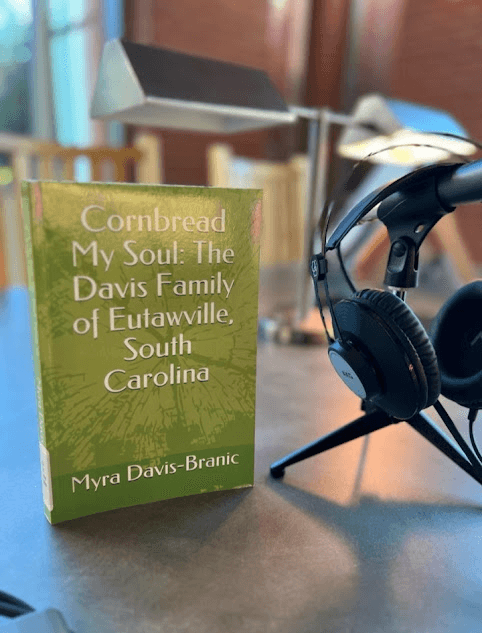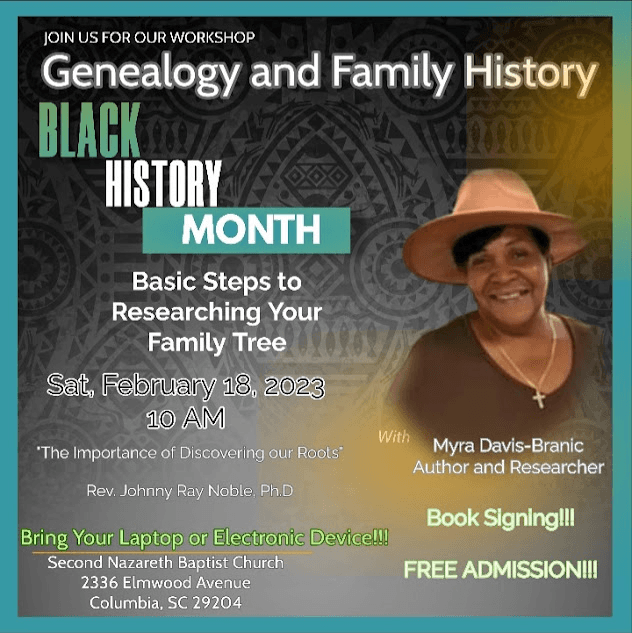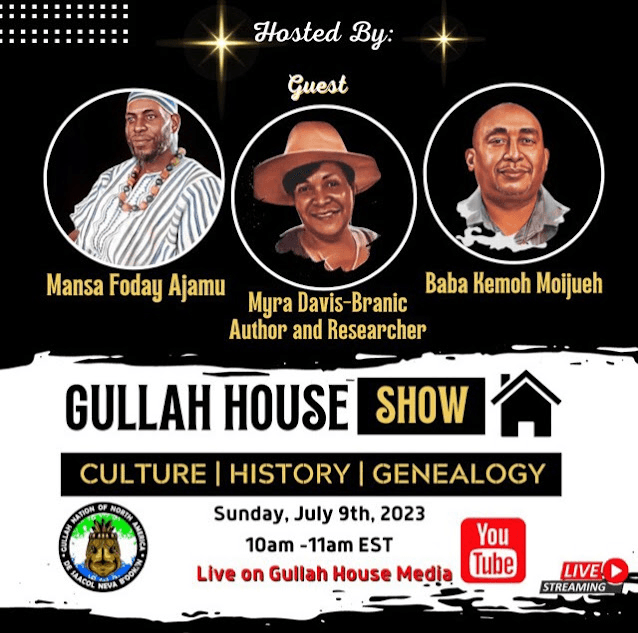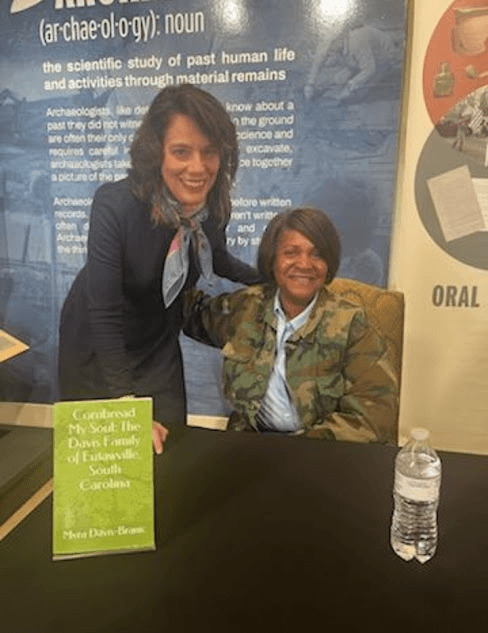Alright – so today we’ve got the honor of introducing you to Myra Davis-Branic. We think you’ll enjoy our conversation, we’ve shared it below.
Hi Myra, thanks for joining us today. Is there a historical figure you look up to? Who are they and what lessons or values have you learned from them?
The historical figure that I look up to is a woman named Rose Washington. Rose Washington is not well known. Most people have heard of Demark Vesey and Nat Turner, but few if any have heard of Rose Washington, but the plantation women of St. John’s Berkeley Parish knew exactly who she was. The plantation women corresponded with each other about this slave woman who was said to be one of the ringleaders of a slave insurrection. It was an insurrection that spread from Pineville (St. Stephen’s Parish) to Eutawville, (St. John’s Berkeley Parish) in South Carolina. The insurrection started in March of 1865 at the close of the Civil War. Rose Washington was a house servant who gained the trust of the plantation women who owned her, and there were many. Rose Washington was enslaved by several family members at different plantations in her lifetime and was privy to all conversations. During the Civil War, plantation owners talked about fleeing their properties as the Union Army was getting closer, Rose used this intel to help move other enslaved people from the plantation to other plantation to reunite with loved ones. She knew when and where the owners were fleeing, and where the firearms were stored, so she gathered firearms and ammunition to help others fight the confederate scouts looking for escaped slaves. Because Rose Washington was Black, and a woman, it was hard for people to believe that she could be a ringleader of a slave uprising, but although she was caught, and killed, she proved that she was just as equipped as the men to plan, take part or lead a resistance.

As always, we appreciate you sharing your insights and we’ve got a few more questions for you, but before we get to all of that can you take a minute to introduce yourself and give our readers some of your back background and context?
My name is Myra Davis-Branic a New York Transplant now living in Columbia, South Carolina. I grew up as a product of the Great Migration, the period of time between 1910 and 1970 when roughly six million Black people fled the South and moved to Northern States, the Midwest, and Out West to escape rampant racism, Jim Crow Laws, and to find better opportunities. Members of my family started leaving South Carolina some time after World War Two and for each person who got established “Up North”, they would send for another, and so on. My siblings and cousins from my generation are the first generation born outside of South Carolina. I was raised in New York, southern values were instilled in me, and any free time from school and during the holidays were spent in South Carolina. As the youngest of eight children, I was doted on by most of my older siblings, particularly my oldest sister, a member of the Harlem Chapter of the Black Panthers in the 1970’s. She instilled a sense of pride in me about Black people that started me on my journey to learn about, and study everything Black. I started writing short stories at an early age, and never thought much about it until the day I won a writing contest in elementary school. It was at that point, I knew I loved to write as a way to express myself, but for some reason, I never pursued it. Maybe I didn’t believe that I could make a living doing something that I loved, so I didn’t. I eventually went to college, graduated, returned to New York and worked in the Human Service field for the City of New York. During that time I would write short stories but I’d only share them with friends. I was always surprised from the positive feedback, and still after that, I never took writing seriously. I did, however, develop a love for researching Black history. I also started working with at risk youth, mostly Black and Brown adolescents. I facilitated behavior modification groups, and ending up implementing a Black History component. I realized when I spoke to the youth about Black History, they listened. They not only listened, some of their behavior changed for the better. When I taught them about themselves, and that Black History didn’t start with slavery, they stood a little taller. When I moved to South Carolina, I continued working with at-risk youth, but as an In School Suspension Supervisor in a middle school. I implemented the same type of program and what I learned is that the students knew very little about Black History. Black History is barely taught in K-12 schools, and when it is, it’s significantly watered down. These students were hungry to learn, and again I noticed that when they learned about their history, in a way that doesn’t make slavery the focus, when I highlighted achievements, focused on Civil Rights leaders that they’ve never heard of, they walked a little taller as well. I never stopped writing though. I got a short story published in an anthology, and when I saw my work in print, I knew I wanted to be published. I got connected with the Columbia Writer’s Alliance, and Jerlean Noble the President and Founder, encouraged me and helped me to self-publish. My biggest achievement in writing came when I published a book about my family, entitled “Cornbread My Soul: The Davis Family of Eutawville, South Carolina. In this book I chronicled the journey of the Davis family, tracing them back to the mid-1700’s and possibly the first members of the family to arrive from Africa. While doing research for this book, I had a chance meeting with the 6X descendant of the man who enslaved my ancestors. The descendant, Frye Gaillard happened to be a author, a former journalist and a professor in residence at the University of South Alabama. After my book was completed, I was invited to the University of South Alabama by Frye Gaillard and his department to talk about the legacy of slavery and our shared history. I didn’t realize the impact of writing my book, until the book was placed in the South Carolina Department of Archives and History, then in the Orangeburg County Historical Society, and then finally in the International African American Museum’s Family Center Reference Library, located in Charleston, SC.

Are there any resources you wish you knew about earlier in your creative journey?
One of the resources that I wish I’d take advantage of when I was doing research for my books was the South Carolina Historical Society.

For you, what’s the most rewarding aspect of being a creative?
The most rewarding part about writing is that it is something that I love. I’m just grateful that I don’t have to choose between breathing and writing.
Contact Info:
- Instagram: davisbranic@instagram
- Facebook: Myra Davis-Branic

Image Credits
All images belong to me


